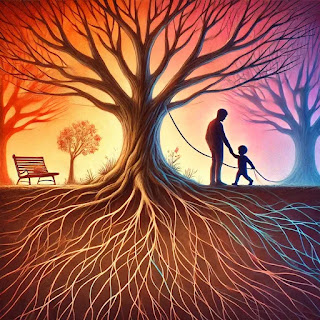The Chemical Composition of Hope: What Makes Us Feel Hopeful?

Hope is often described as a beacon of light in the darkest times, an intangible force that keeps us moving forward even when things seem uncertain. But what exactly fuels this sense of optimism and resilience? Like love, hope has its roots in the brain's chemistry. Behind that uplifting feeling of hope lies a complex interaction of neurotransmitters and hormones, each playing a role in how we stay positive, motivated, and determined to face life’s challenges. 1. Dopamine: The Reward and Motivation Driver At the heart of hope is dopamine , the neurotransmitter that governs our reward system. When we have hope, we envision a future where our goals or desires are fulfilled. Dopamine is released when we anticipate something positive, fueling motivation and action. It’s what keeps us striving toward a better outcome, even when we face setbacks. Without dopamine, it’s harder to feel optimistic or driven to achieve anything. It’s the chemical that nudges us to believe “there’s something ...






